On July 1, 2023, the Ministry of Public Security issued Circular No. 24/2023/TT-BCA regulating the issuance and revocation of registration and license plates of motor vehicles, including regulations on identification license plates.
According to the provisions of Clause 3, Article 3, from August 15, 2023, vehicle license plates will be issued and managed according to the vehicle owner's identification code (identification license plate). An identification license plate is a license plate with a symbol, license plate series, size of letters and numbers, and license plate color according to the provisions of this Circular.
Thus, identification number plate means managing number plate according to the vehicle owner's personal identification code, not using "personal identification code as number plate".
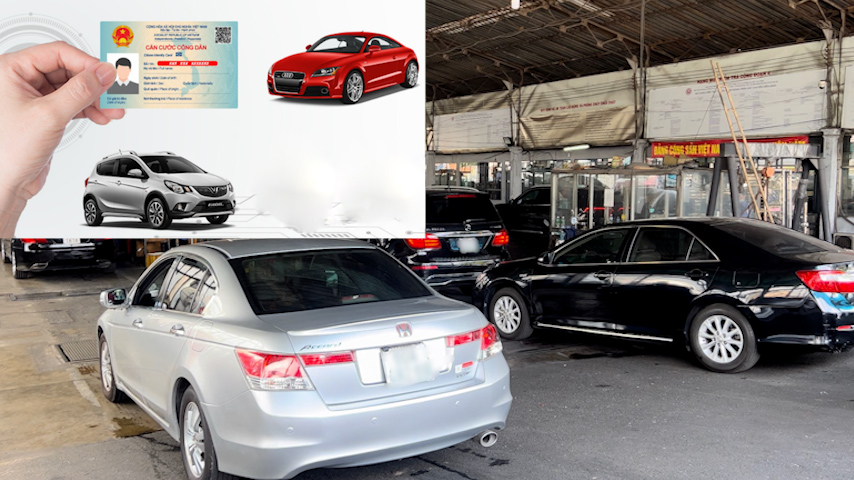
Illustration photo.
According to the provisions of the Road Traffic Law 2008. Vehicle owners do not have to do any procedures to change the vehicle registration records. If the vehicle registration certificate is still valid, the vehicle can continue to be circulated. After the transfer of ownership, the vehicle's license plate number changes, even if the information on the registration documents does not match the vehicle registration, it is still valid. Only in cases where the registration certificate has expired is the vehicle required to be inspected. If the vehicle is still in circulation after the registration expires, it will be subject to a fine.
Therefore, when transferring a vehicle, the vehicle inspection will still be carried out if the inspection certificate has expired (if it is still valid, it can still be used normally). However, to be safer, the vehicle owner can bring the vehicle for inspection before the deadline. Vehicles that meet technical and environmental protection requirements will be issued a new inspection certificate. The new cycle period is calculated from the date of issuance of the inspection certificate.
How to register a vehicle when transferring ownership
Step 1: Organizations and individuals bring road motor vehicles to the Motor Vehicle Inspection Center and complete the documents for this procedure and submit them directly to the inspection unit.
Step 2: The inspection unit receives the application, checks the validity and completeness of the documents in the application; requests additional information or completion if the application is incomplete or invalid.
Step 3: The inspection unit conducts technical safety and environmental protection inspection for motor vehicles:
Step 4: Return inspection records to organizations and citizens.
Source





![[Photo] Prime Minister Pham Minh Chinh attends the groundbreaking ceremony of Trump International Hung Yen Project](https://vphoto.vietnam.vn/thumb/1200x675/vietnam/resource/IMAGE/2025/5/21/ca84b87a74da4cddb2992a86966284cf)

![[Photo] Prime Minister Pham Minh Chinh chairs the Government's special meeting on law-making in May](https://vphoto.vietnam.vn/thumb/1200x675/vietnam/resource/IMAGE/2025/5/22/1c880aae96fd4e0894abc47a46fe19ba)




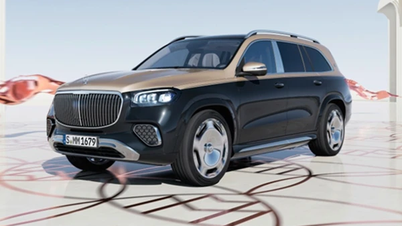
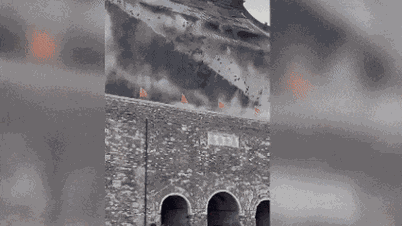
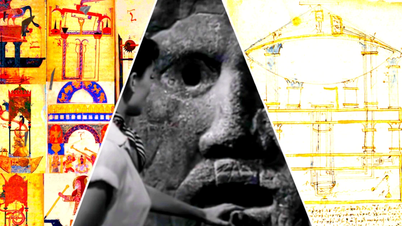




















































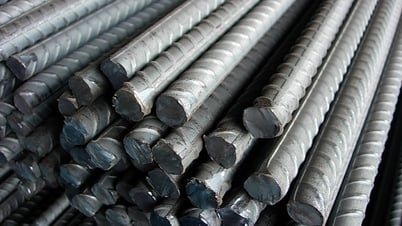



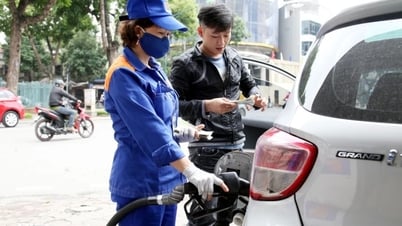





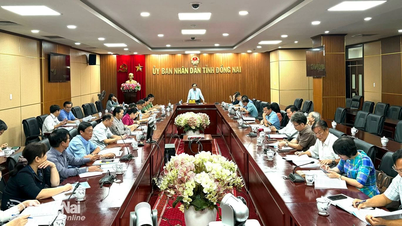








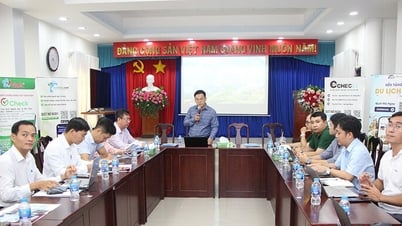



Comment (0)